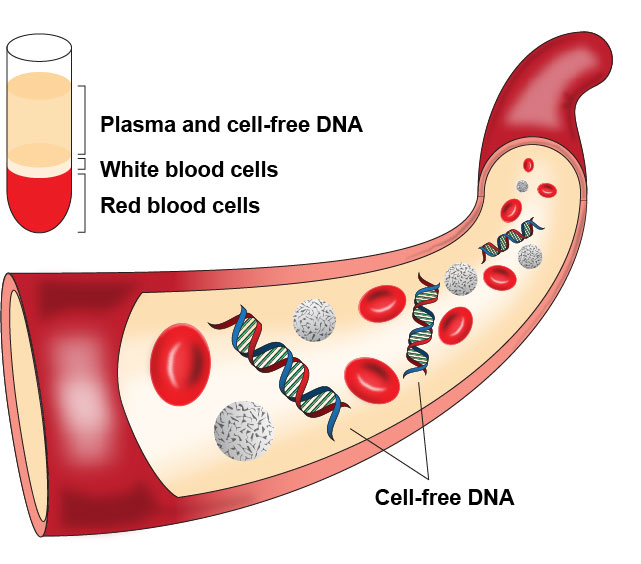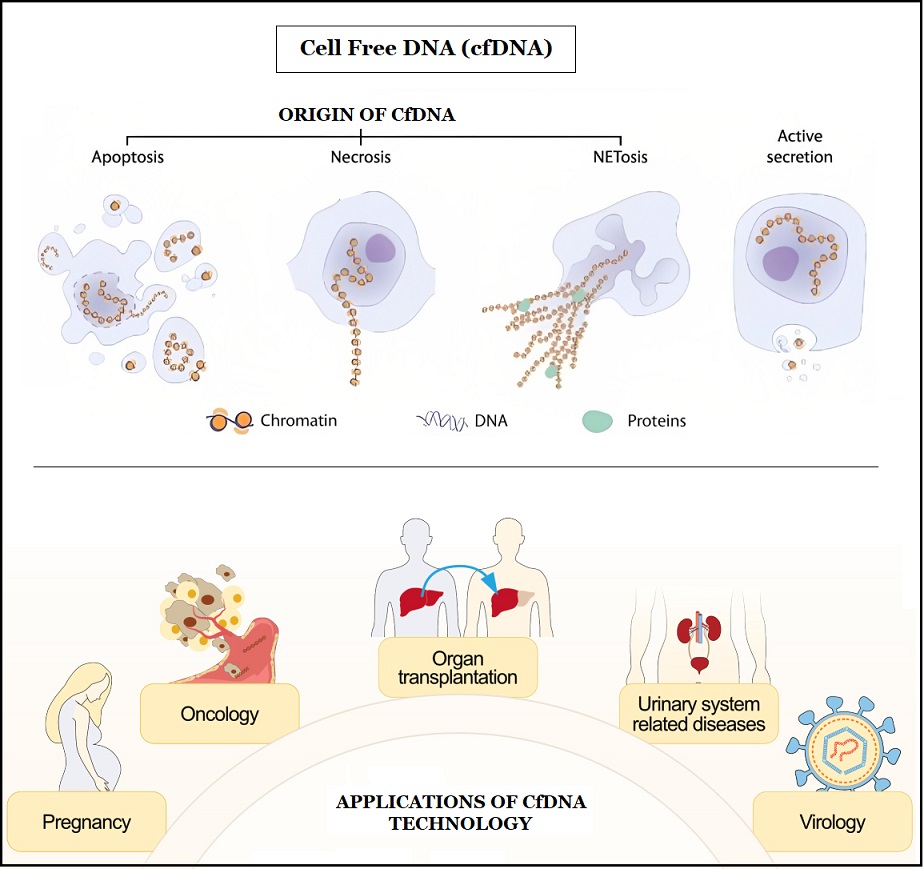900 319 0030
enquiry@shankarias.in
Cell free DNA is found to be promising in the field of disease discovery.
DNA is a molecule that carries genetic information for the development and functioning of an organism.


Circulating tumor DNA (ctDNA)
Reference